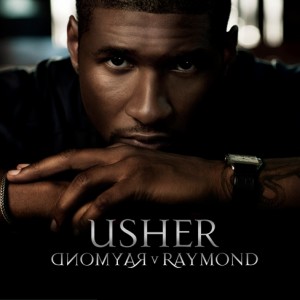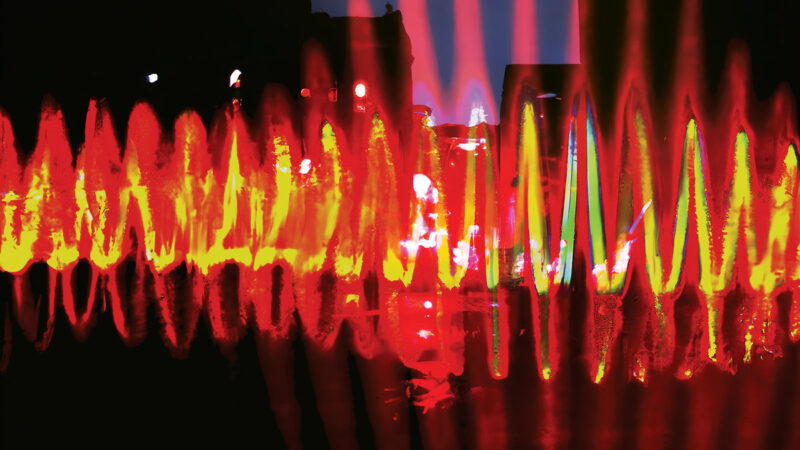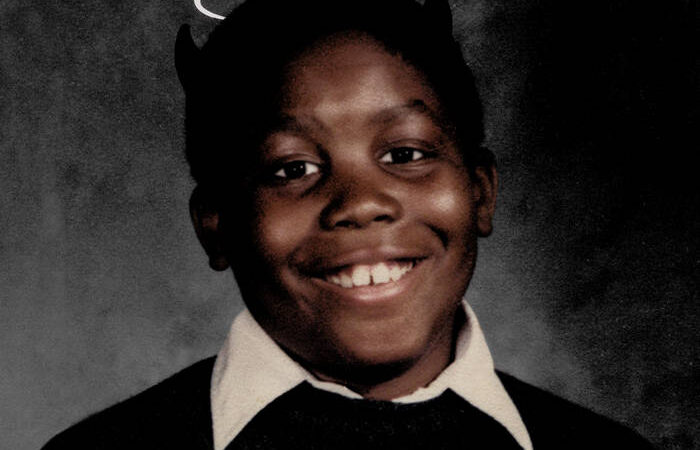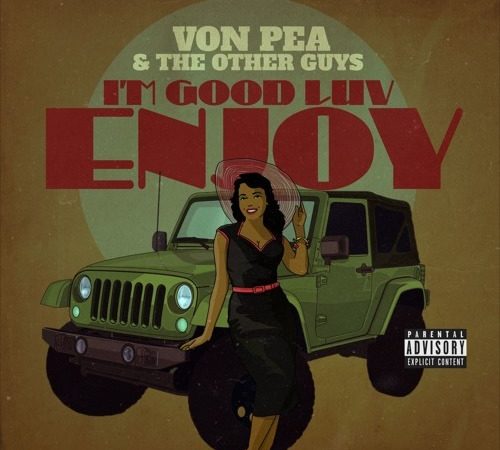Trials and tribulations make you stronger. Those same elements power great albums, just ask Usher. His most popular album to date, and the second best-selling album of the last decade, the Grammy-award winning Confessions, was birthed from the drama between him and former TLC group member Chili. His musical style, tone, and content all shifted when he and married stylist and mother of his two children, Tameka Raymond. While Usher’s fifth studio album Here I Stand may have done well on the charts (largely due to the success of the debut single “Love In This Club,” the general consensus among fans and listeners was that the superstar had lost his edge.
In 2010, Usher has gotten rid of the baggage and is back with to his old self, gallivanting about town, seducing women, and topping the charts. Raymond vs. Raymond picks up where Confessions left off, with intermittent evidence of growth along the way, such as the album’s buzz single “Papers.”
“Papers” was released in late 2009, and garnered the dramatic reception that Raymond and the label were hoping for; the kind of drama that makes for good stories and even better songs. The single, loosely based on his troubled marriage with his soon to be ex-wife Tameka Raymond, however ballsy, shows the kind of growth the more mature audience fell in love with on Here I Stand, and allows the album to expand beyond a Confessions Pt. 2.
“Guilty,” finds Usher pleading his case about why the two split. In the song he sings, “Your honor, she accused me of cheatin’. It was all in her thinkin’. She gonna believe what she wants to, so what the hell am I gonna do?” The track, produced by singer/songwriter Ester Dean, though fun, is about as elementary as Usher airing his dirty laundry in public, and definitely doesn’t provide any depth to the album. T.I.’s appearance on the track is a pleasant surprise, and it’s only saving grace.
The official first single, “Hey Daddy (Daddy’s Home)” met with critical success since its release in December 2009. Produced by Hip-Hop production duo The Runners, the song plays on the common Electra complex many women have with the men in their lives. A feature from Plies attempts to make the song more seductive than the lyrics imply, instead he almost interrupts the groove of the song with his boisterous southern twang and hood rat references.
The follow-up single, “Lil Freak,” featuring Lil Wayne protégé Nicki Minaj is of the more infectious songs on the album. Produced by ATL hit man Polow Da Don, the hook of the track heavily samples Stevie Wonder’s 1973 hit, “Living For The City.” The song itself is one of the more risqué songs on the album, and more in the vein of what fans have come to expect from the R&B crooner. Set in a nightclub, Usher tells the tale of orchestrating a threesome between two women. The pairing between him and Nicki Minaj is effortless and gives the song a life beyond Usher’s seductive falsetto.
The rumored debut international single to be released from Raymond vs. Raymond is the Will.I.Am-produced “OMG;” one of the many songs on the album with cross-over appeal. That’s not surprising when you’re working with Will.I.Am, who has excelled at the art of crossing over musically in his own career. The song teeters between smooth R&B track and dance pop banger, yet succeeds in effectively mastering both.
Usher also teamed up with long-time Janet Jackson collaborators Jimmy Jam and Terry Lewis on three songs from the album, “Monstar,” “Okay,” and “Mars vs. Venus.” The latter is a sexy, slow jam, reminiscent of some of their best work with Jackson. Here, Usher puts away his sex stick and turns on the romance as he sings “Pitch black, lost amidst the galaxy between the sheet, warmth that only you and I generate when we collide.” Jam and Lewis uncover a different side of Usher, proof that they still have it after all these years (tell Janet it’s not too late). Similarly, “There Goes My Baby,” showcases Usher’s ability to be sexy and seductive without being crass- growth. While the song hasn’t met with huge success on urban radio, it has amassed positive reviews from many of the older fans and listeners.
Other songs include the faux rave energy of “More” which currently has it at the center of a major NBA ad campaign, the seductive tip-toe airiness of “Okay,” and the slow rolling bounce of the Trickey Stewart produced “Pro Lover.”
There’s always light at the end of the tunnel, and Raymond vs. Raymond shines. While boasting sex appeal and edge, Usher still manages to be transparent and give listeners a closer look into his life, and this time there’s enough of him to go around. The songs with Jam and Lewis give him the mature backdrop necessary for him to begin to age gracefully rather than tastelessly and that’s a good thing. While all is not perfect, it is certainly a step in the right direction. Raymond Vs. Raymond offers both a glimpse of Usher’s possible future with a strong connection to the music his fans are familiar with.



![]() 3.75 out of 5
3.75 out of 5
Follow Us on Twitter @ http://twitter.com/planetill
Follow Fawn Renee on Twitter @ http://twitter.com/Fawn_Renee
Join Us on the Planet Ill Facebook Group for more discussion
Check out Planet Ill’s page on Essence.com
Follow us on Networked Blogs






One thought on “Album Review: Raymond Vs. Raymond”